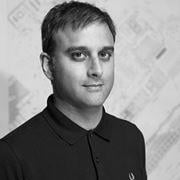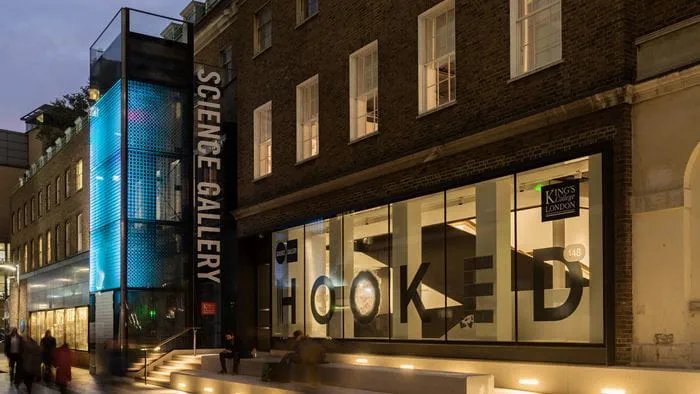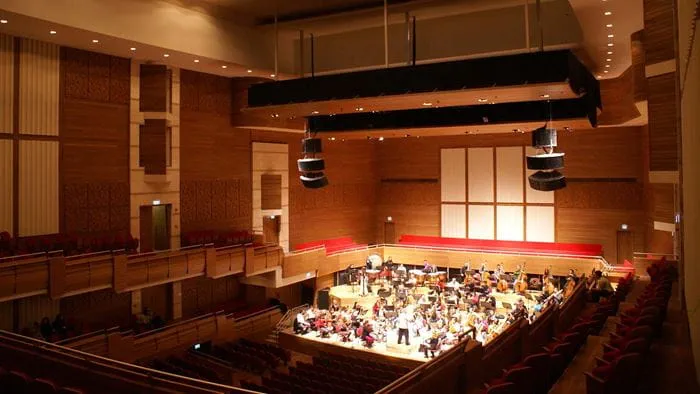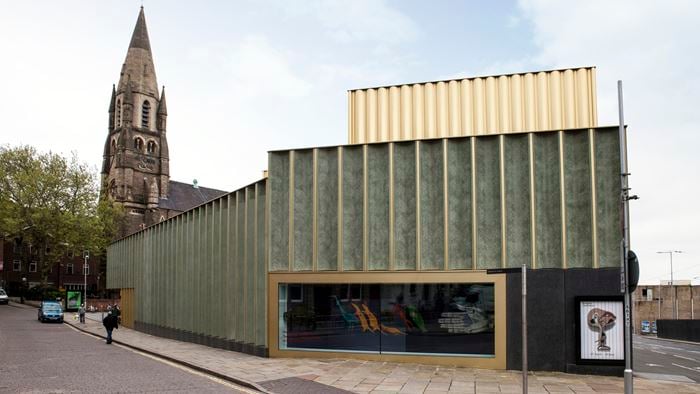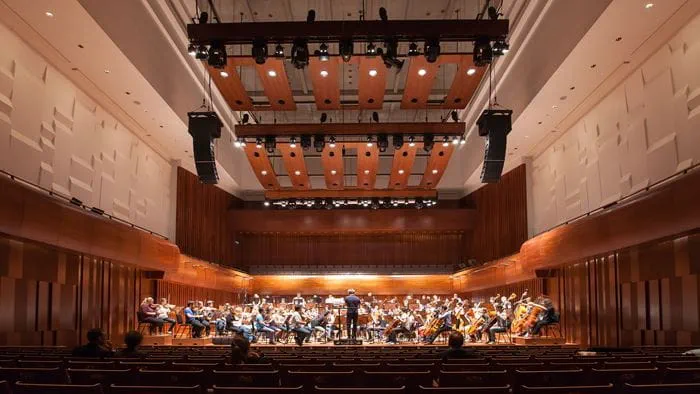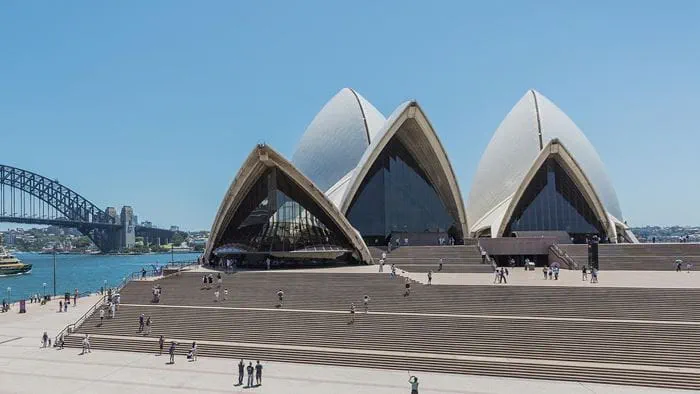Immersive spatial audio recording and playback techniques have existed since the 1970s. Their application to recorded music or capture of live music remains relatively experimental but is garnering interest as digital systems allow reproduction of accurate spatial audio more accessible, including over headphones.
Through decades of acoustical research and development, Arup has applied these techniques to capture sound of existing spaces, and create accurate sound renderings of new buildings, renovations, refurbishments, and recreations of spaces that no longer exist. Our unmatched capabilities in the field, brought together in our SoundLab environments first launched in 1998, have helped guide project constituents through complex decision making, and create spaces of acoustical character, delight and wonder.
Many of Arup’s designers are also active musicians, artists, and performers, so we were eager to apply these skills to capture live arts and music. A series of experiments led us to our initial collaboration with Lou Reed in 2009 to capture a landmark performance in full spatial audio.
With a longstanding interest in pushing both the artistic and technical boundaries of popular music, Reed began experimenting with, and releasing, recordings with binaural and quadraphonic components since the mid-1970s. In the decades since he made a number of attempts to further develop his work with 3D audio, especially in search of capturing live performance the way he experiences it on stage, but was consistently disappointed by the results.
Despite skepticism that the ideal results were achievable, Reed worked with Arup to record two performances of his Metal Machine Trio at New York’s Blender Theater in 2009. After hearing the 13.4 channel mix replayed in our SoundLab, he was extremely pleased, pronouncing the recording “the best live recording I’ve ever heard!”
Eager to have the work experienced in a similar setting to Arup’s SoundLab, a concept was developed for an installation, which was first presented at the California State Long Beach University Art Museum in 2012. The exhibit provided visitors with an exact replica of the performance’s sound as experienced from Reed’s position on stage. We programmed the four 16-minute segments of the piece to run in a continuous loop throughout the duration of the exhibition.
Reed’s passing in 2013 added a new level of significance to our partnership, with the installation now becoming an extension of the artist’s sonic ambitions and legacy. The Metal Machine Trio audio installation was re-presented at Cranbrook Art Museum in 2015.
The New York Public Library for the Performing Arts at Lincoln Center mounts Lou Reed: Caught Between the Twisted Stars, the first large-scale exhibition from Reed’s archive starting on June 9, 2022, through March 4, 2023. The exhibition will display the life and work of the icon whose profound influence—musically, visually, and culturally—still affects a range of artists and writers today.
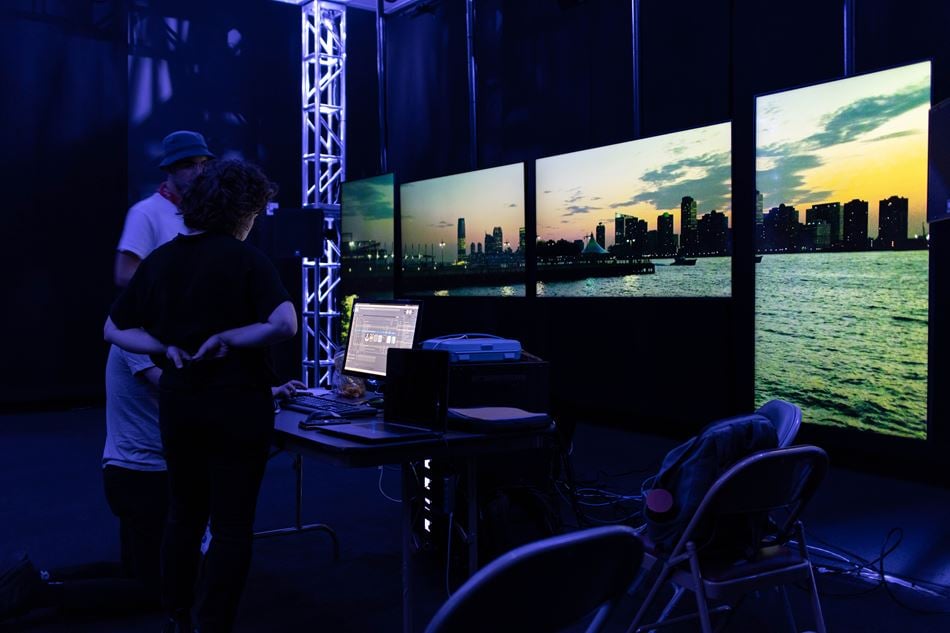
In addition to a daily presentation of Metal Machine Trio, over the duration of the exhibit, the Arup-designed Lou Reed Listening Room will enable visitors to experience a range of Reed’s discography in the original intended format including mono, stereo, quadraphonic and full ambisonic spatial audio. The Listening Room is an immersive total architecture, acoustic, audio, visual, and lighting experience, designed by Arup, draws upon our expertise in studio and venue design, exhibit design, 3D recording techniques and spatial presentation. Audio will be delivered on a 13.4 loudspeaker system as Reed first heard it, and perhaps as he always wanted to hear it, LOUD!
The Arup Journal 2023 Issue 1
Learn more about this project in issue 1 of the Arup Journal for 2023. Explore major transport projects in London and Hong Kong, learn about the Lou Reed listening room in New York and the tallest timber-hybrid residential building in the Netherlands.
Download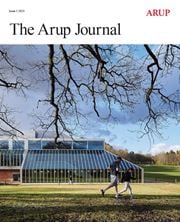
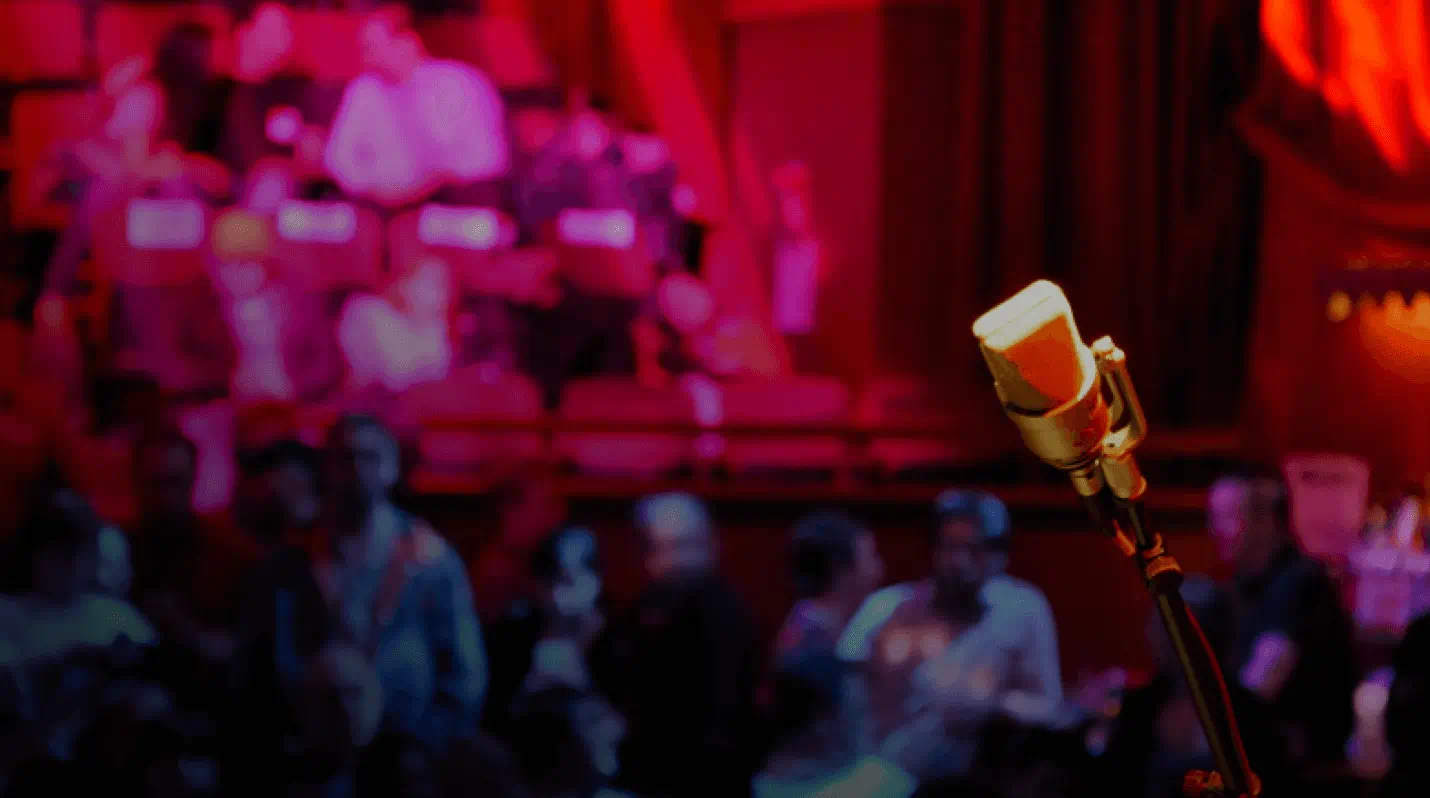 ;
;
